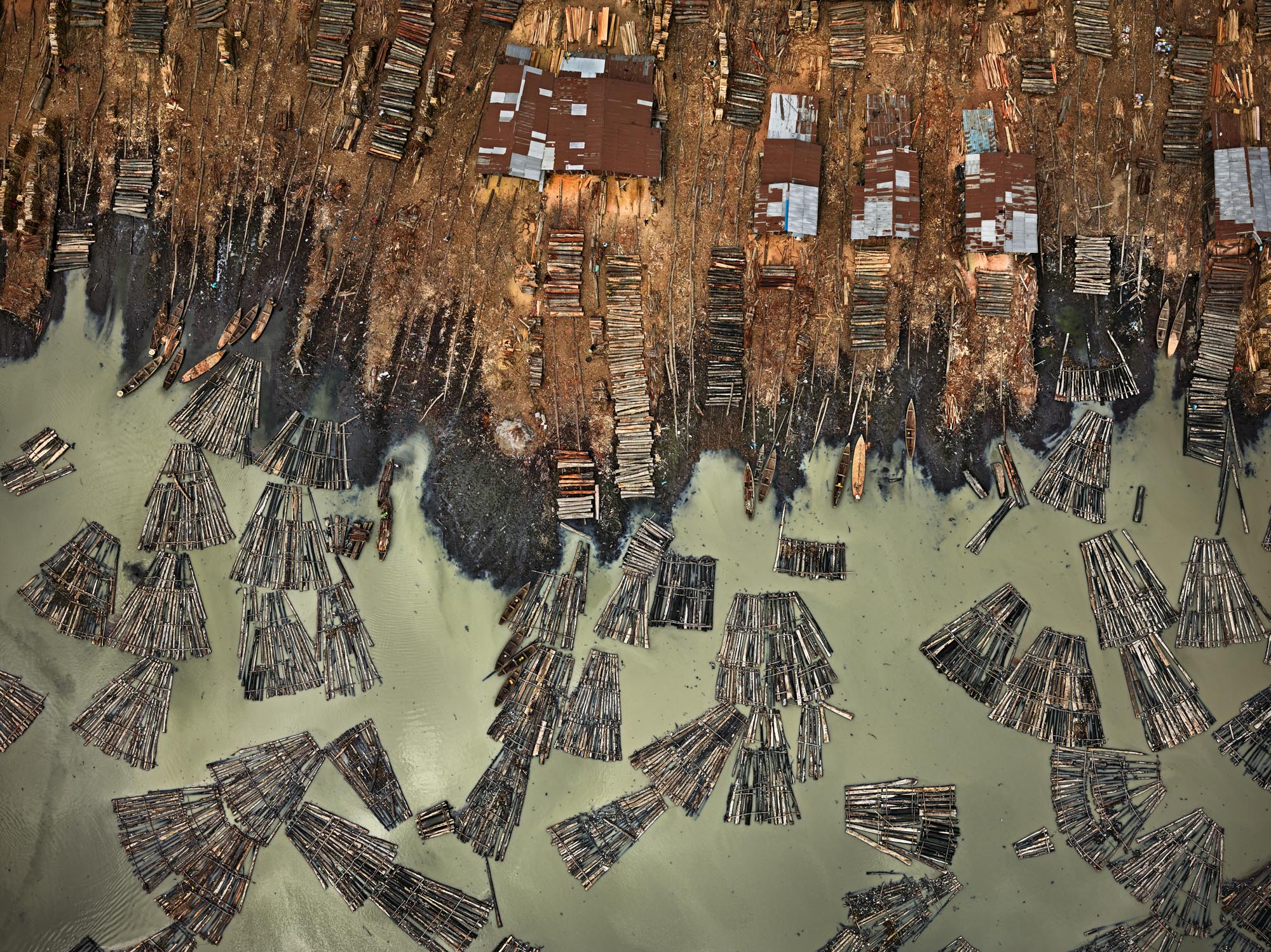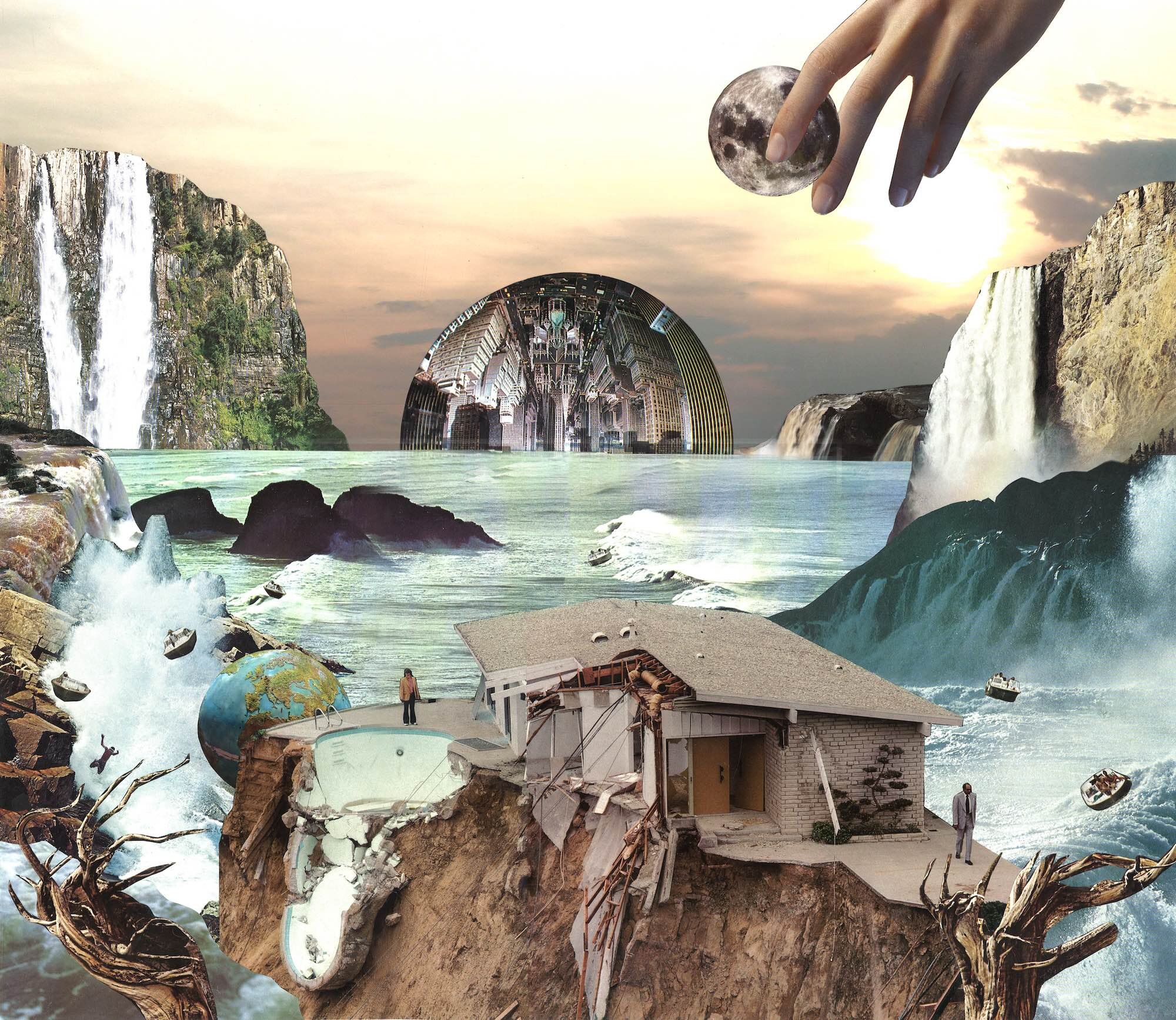The Waste Land

Issue 21’s The Waste Land is a curated art project by our art editor Francesca Gavin that ruminates on the need for a more poetic kinship with nature.
In ‘Deep in Admiration’, a lecture-essay on nature and writing, the late Ursula K Le Guin called for a rethink of how we regard the natural world. The piece, collected in the recent anthology Arts of Living on a Damaged Planet, argues for a new poetic kinship. “Both poets and scientists are extending the rational aspect of our sense of relationship to creatures without nervous systems and to nonliving beings,” Le Guin wrote. “One way to stop seeing trees, or rivers, or hills, only as ‘natural resources’ is to class them as fellow beings – kinfolk.” The artists here have used various media to rethink our relationship to nature in the face of climate disaster. The results are poetic, painful, hopeful and heartbreaking in turn. Art, like poetry, is a way “to save us from merely stockpiling endless ‘information’ that fails to inform our ignorance or our irresponsibility,” Le Guin argues. If facts cannot save us from destroying our relationship to the “kinfolk” around us, perhaps art can.
Sebastián Mejía, ’17, Série Quasi Oasis,
Santiago du Chili (2012)
This image, from photographer Sebastián Mejía’s Quasi Oasis series, is a wry statement on nature and man and the fragile relationship between the two. It was included in a 2019 exhibition at the Fondation Cartier, Trees, that raised question of beauty and biology against the devastating and dramatic increase of deforestation.
Gelatin silver print, 50 × 40cm. Collection of the artist. © Sebastián Mejía
SKREI, 'Biogas Power Plant’ (2017)
The Portuguese experimental architectural collective SKREI have a practice based firmly in the exploration of material. This image of a prototype biogas production plant was part of a design to explore how to operate without reliance on power supply and waste treatment systems. It was included in Eco-Visionaries: Art and Architecture After the Anthropocene, at the Royal Academy of Arts in London.
Prototype: steel, lime, horse manure, clay, sand, cement, plaster, plywood, 200x150x150 cm. Courtesy of the artists. Photography Lara Jacinto/ SKREI
Mesocosmic Indoor Overture (2019) (Detail)
This piece depicts a disturbing digital future woodland where plants have taken over nature and humans are no longer the top of the food chain.
Multi-screen video and sculptural installation © Heather Phillipson
Seana Gavin, 'After the Floods' (2016)
Gavin’s handcut collage work is part of series of works inspired by the four elements – earth, air, fire and water. Her sci-fi surrealist work depicts a post-apocalyptic landscape where nature has taken over and humanity is left struggling in its wake.
Andy Sewell, ‘Untitled 21’, from series Known and Strange Things Pass (2019)
Known and Strange Things Pass is about the deep and complex entanglement of technology with contemporary life. It is about the immediacy of touch and the commonplace miracle of action at a distance – the porosity of the boundaries that hold things apart, and the fragility of the bonds that lock them together.
David Shrigley, ‘My Rampage Is Over’ (2019)
Glasgow-based artist David Shrigley's work blends humour and horror, often consisting of fragments of conversation he hears or creates. Elephants are invaluable to biodiversity of savannah ecosystems. Their present endangerment is due not only to the ivory trade and trophy hunters but the lack of available food due to climate change that cause many to starve to death. There are only around 40-50,000 Asian elephants, and 410,000 African elephants, now left in the wild, and numbers have dropped dramatically over the past three generations.
Colour screenprint with a varnish overlay on Somerset Tub Sized 410gsm paper, 56 x 76 cm for Jealous Gallery
Rebecca Kressley, ‘Number 14’ (2019)
A 2017 article published by several authors titled ‘Volcanic Suppression of Nile Summer Flooding Triggers Revolt and Constrains Interstate conflict in Ancient Egypt’ was condensed via reposting over the internet to one idea – that Cleopatra's downfall was caused by climate change and volcanoes. Climate change has recurrently been an issue of economic inequality and imbalance of power that leads to political unrest, from Ptolemaic Egypt until now.
Pencil on paper, 40 x 27cm
“Both poets and scientists are extending the rational aspect of our sense of relationship to creatures without nervous systems and to nonliving beings,” Le Guin wrote. “One way to stop seeing trees, or rivers, or hills, only as ‘natural resources’ is to class them as fellow beings – kinfolk.”
Joan Jonas, Moving Off the Land II (2019)
This drawing was taken from a commission by the new Ocean Space, a public project spaces founded by TBA21-Academy in Venice. Jonas’s drawings, sculptures, video works and performances explore the biodiversity of the sea and the role it plays in spiritual, totemic and ecological culture.
© Joan Jonas, Moving Off the Land II, 2019
Joan Jonas, Moving Off the Land II (2019)
NEED the ink TO RUB OFF ON YOUR FINGERS?
THE WASTE LAND IS THE THIRD SECTION OF ISSUE 21. Snag a copy of Issue 21 here.
ALL PROCEEDS GO TO EXTINCTION REBELLION.
Author account for the Good Trouble hive-mind.















